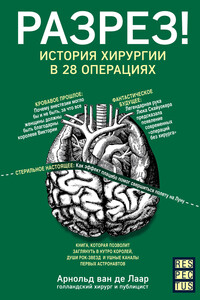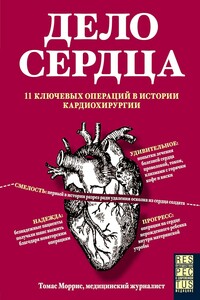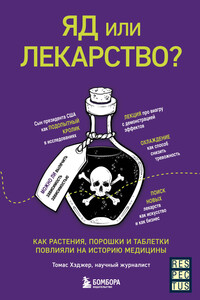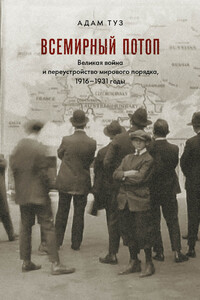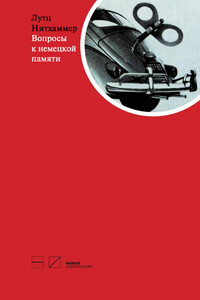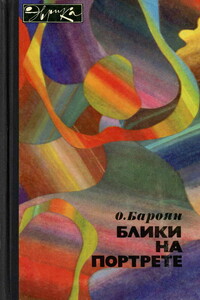92:521–62.
25. McComas, A. (2011), Galvani’s Spark: The Story of the Nerve Impulse (Oxford: Oxford University Press); Campenot, R. (2016), Animal Electricity: How We Learned That the Body and Brain are Electric Machines (London: Harvard University Press).
26. Gotch, F. and Burch, G. (1899), Journal of Physiology 24:410–26.
27. Gotch, F. (1902), Journal of Physiology 28:395–416, p. 414.
28. Frank, R. (1994), Osiris 9:208–35.
29. https://tinyurl.com/Adrian-Nobel.
30. Hodgkin, A. (1979), Biographical Memoirs of Fellows of the Royal Society 25:1–73; Frank (1994); Garson, J. (2015), Science in Context 28:31–52.
31. Adrian, E. (1914), Journal of Physiology 47:460–74.
32. McComas (2011), pp. 73–4.
33. Forbes, A. and Thacher C. (1920), American Journal of Physiology 52:409–71, p. 468. Daly in the UK and Hober in Germany had similar ideas – Adrian, E. (1928), The Basis of Sensation (London: Christophers), p. 42.
34. Frank (1994), p. 218.
35. Hodgkin (1979), p. 25.
36. Там же, p. 21.
37. Adrian, E. (1926a), Journal of Physiology 61:49–72; Adrian, E. (1926b), Journal of Physiology 62:33–51; Adrian, E. and Zotterman, Y. (1926a), Journal of Physiology 61:151–71; Adrian, E. and Zotterman, Y. (1926b), Journal of Physiology 61:465–83.
38. Frank (1994), p. 209.
39. Adrian, E. and Matthews, B. (1934), Brain 57:355–85, p. 355.
40. Там же, p. 384. We still do not fully understand the origin of EEG – Cohen, M. (2017), Trends in Neurosciences 40:208–18.
41. Эта и следующая цитата из: Adrian (1928), pp. 6, 118–19, 120, 112.
42. Adrian, E. (1932), The Mechanism of Nervous Action: Electrical Studies of the Neurone (Philadelphia: University of Pennsylvania Press), p. 12.
43. Thomson, S. and Smith, H. (1853), A Dictionary of Domestic Medicine and Household Surgery (Philadelphia: Lippincott, Grambo), p. 291.
44. Adrian (1928), pp. 91, 100, 98.
45. Garson (2015), p. 46.
9. Контроль. 1930–1950-е годы
1. Smalheiser, N. (2000), Perspectives in Biology and Medicine 43:217–26, pp. 217–18.
2. Easterling, K. (2001), Cabinet 5, https://tinyurl.com/Easterling-Pitts; Gefter, A. (2015), Nautilus 21, https://tinyurl.com/Gefter-Pitts.
3. Chen, Z. (1999), in R. Wilson and F. Keil (eds.), MIT Encyclopedia of Cognitive Science (Cambridge, MA: MIT Press), pp. 650–52, p. 650.
4. В конце концов Рашевский вывел из себя и руководство Чикагского университета, и своих главных спонсоров Фонд Рокфеллера. Дик Левонтин, декан, который закрыл группу, вспоминал: Рашевский и его школа не приняли во внимание убежденность биологов в том, что реальные организмы – это сложные системы, реальное поведение которых теряется в идеализациях. Работа школы считалась не имеющей отношения к биологии и была фактически прекращена в конце 1960-х годов, не оставив никаких осязаемых следов. Lewontin, R.(2003), New York Review of Books, 1 May.
5. Этой главе мы обязаны трудам Тары Абрахам и Маргарет Боден. Abraham, T. (2002), Journal of the History of the Behavioral Sciences 38:3–25; Abraham, T. (2004), Journal of the History of Biology 37:333–85; Abraham, T. (2016), Rebel Genius: Warren S. McCulloch’s Transdisciplinary Life in Science (London: MIT Press); Boden (2006).
6. Rashevsky, N. (1936), Psychometrika 1:1–26, p. 1.
7. Kubie, L. (1930), Brain 53:166–77.
8. Pitts, W. (1942a), Bulletin of Mathematical Biophysics 4:121–9; Pitts, W. (1942b). Bulletin for Mathematical Biophysics 4:169–75.
9. Обе даты приводит Абрахам (2002), которая мудро не пытается выбирать между ними.
10. Abraham (2016); Magnus (1930).
11. Lettvin, J., et al. (1959), Proceedings of the Institute of Radio Engineers 47:1940–51, p. 1950. Eric Kandel described his work on Aplysia as a validation of Kant – Kandel, E. (2006), In Search of Memory: The Emergence of a New Science of Mind (New York: Norton), p. 202.
12. Hull, C. (1937), Psychological Review 44:1–32.
13. Arbib (2000), p. 199; Heims, S. (1991), Constructing a Social Science for Postwar America: The Cybernetics Group, 1946–1953 (London: MIT Press), p. 38.
14. Heims (1991), pp. 40–41; Conway, F. and Siegelman, J. (2005),
